Situated in New Delhi, the National Police Museum was inaugurated on 21st October, 2018. It has a historical significance as it commemorates the notable achievements of the nation’s police departments. The museum serves as a sombre reflection of bravery and selflessness. The museum offers knowledge-rich and informative resources about the longstanding legacy of national police services. The sanctified Wall of Valor is the most prominent feature of the museum which depicts the inscriptions of the police officials who sacrificed their lives while performing duties. It provides a glimpse of the rich cultural heritage of the city.
Location
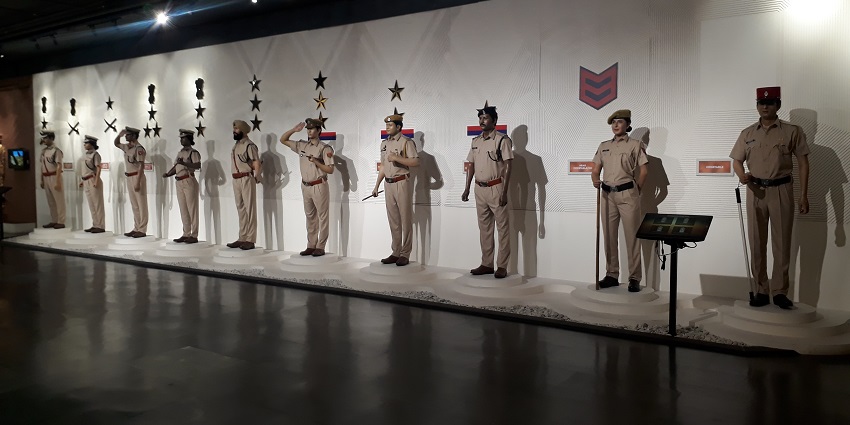
Photo: Pinakpani / Wikimedia Commons
Sprawling over an area of 6.12 acres, the National Police Museum address is in Chanakyapuri, New Delhi. Mostly, the northern entrance is the location through which visitors can enter the memorial. A ramp beneath the wall leads to a 40 X 40 metre basement where the museum is laid. Specifically, the museum falls in the Lutyens area of New Delhi and the main attraction within 1 km of the museum is the Rashtrapati Bhavan.
Suggested Read: Things To Do In Delhi In One Day For A Memorable Trip
How To Reach National Police Museum
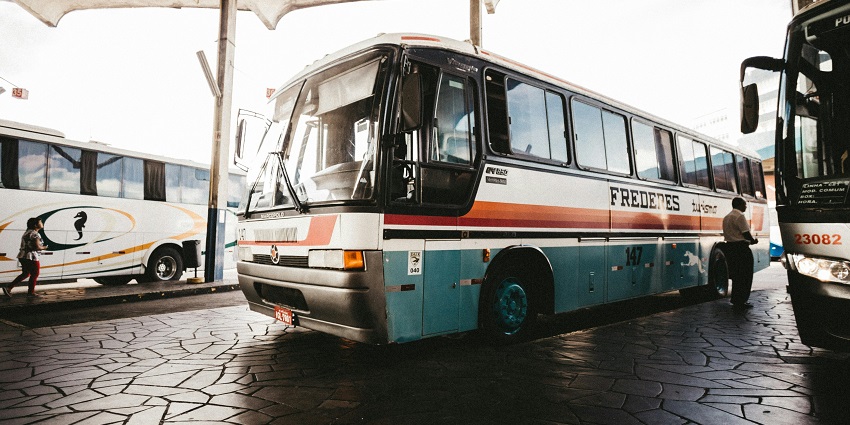
Photo: Jonathan Borba / Pexels / Image For Representation Only
By Road: There are different bus lines passing through the museum. It takes around 50-60 minutes to reach the museum from bus stops. Besides that, you can also hire an auto rickshaw from different parts of the city to reach the museum.
By Metro: There are several metro stations which take visitors to the museum. The nearest metro station is the Central Secretariat which is only 1 km away from the museum. Other metro stations include Punjabi Bagh, Kamla Nagar, Mayur Vihar, Rajouri Garden, and few more. The average time to reach the museum through the metro is around 90 mins.
Places To Visit Around National Police Museum
There are numerous places to visit near the museum that take you through a fascinating journey in the capital city.
1. India Gate
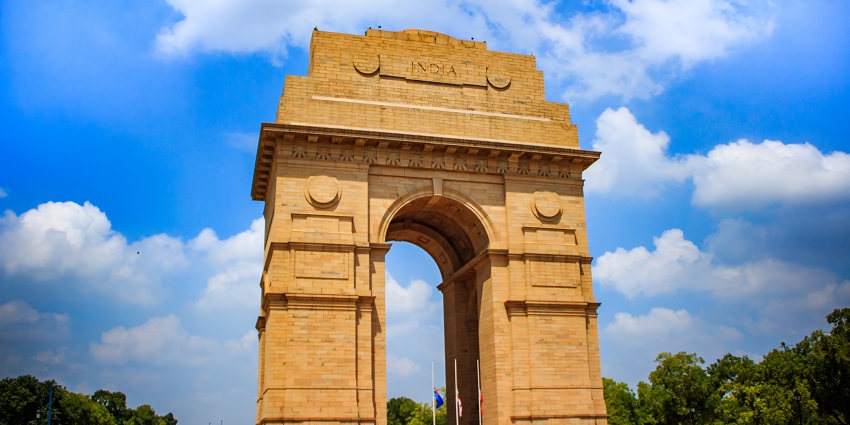
Photo: AravindGP / Wikimedia Commons
Constructed as a gateway in the heart of an intersection, the 42-metre-tall India Gate resembles the Arc de Triomphe. Located near Rajpath, it is around 5.5 kms away from the museum. It honours the 70,000 Indian soldiers who sacrificed their lives while serving in the British Military amid World War I. Over 13,516 Indian and British soldiers who died in the 1919 Afghan War are memorialised by title on this monument. The Imperial suns are etched on the cornice, and the dates are engraved on the two sides of the archway that displays the text INDIA.
Timings: 5 AM – 12:30 PM
Entry Fee: NA
Suggested Read: Top Places To Visit Near India Gate For The Lesser Knowns
2. Rashtrapati Bhavan
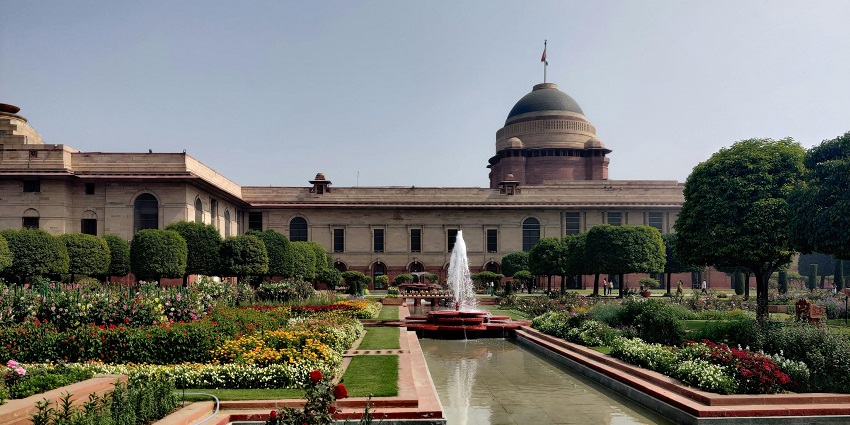
Indian democracy and its nondenominational multicultural, and all-encompassing principles are embodied at Rashtrapati Bhavan, the residence of the President of the biggest parliamentary system in the world. Situated on an estate spanning 330 acres, the design was created by Sir Edwin Lutyens and Herbert Baker. In this museum, the Rashtrapati Bhavan presents the story via holographic, fictitious, and a combination of realities, comprising a computerised cascade surface, a multimedia wall, multifaceted stereoscopic, and sound-light-video harmonised theatrical settings.
Timing: 9 AM – 4 PM
Entry Fee: ₹50 per person
3. Qutub Minar
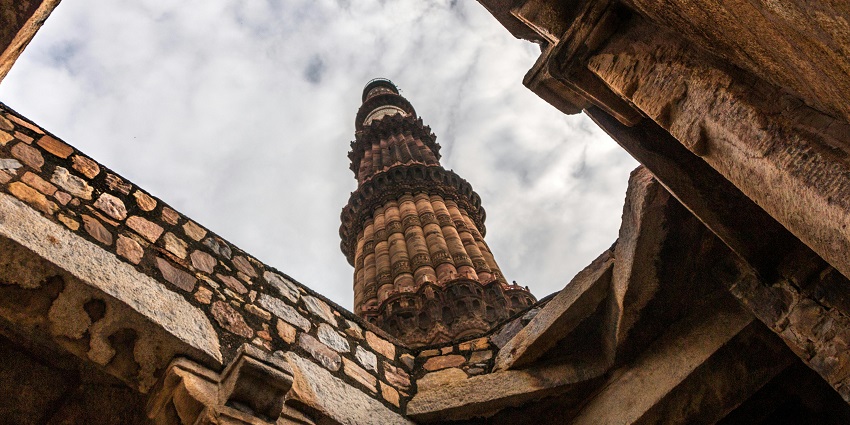
Photo: Aviral Swarnkar / Pexels
India’s tallest structure is the red-and-buff Qutub Minar. The peak of the structure is 72.5 metres, with an overall width of 14.32 metres and an upward circumference of roughly 2.75 metres.
Established by Qutbu’d-Din Aibak in AD 1199, an extending veranda enclosing the minar connects all the higher floors, and the initial storey’s sandstone frames. The history of Qutb is made apparent through numerous engravings in Arabic and Nagari scripts located throughout the minar. It has a distance of 11.5 km from the museum.
Timings: 6 AM – 8 PM
Entry Fee: ₹50 per person
Suggested Read: Top Places To Visit Near Qutub Minar On Your Next Trip To Delhi
4. Lotus Temple
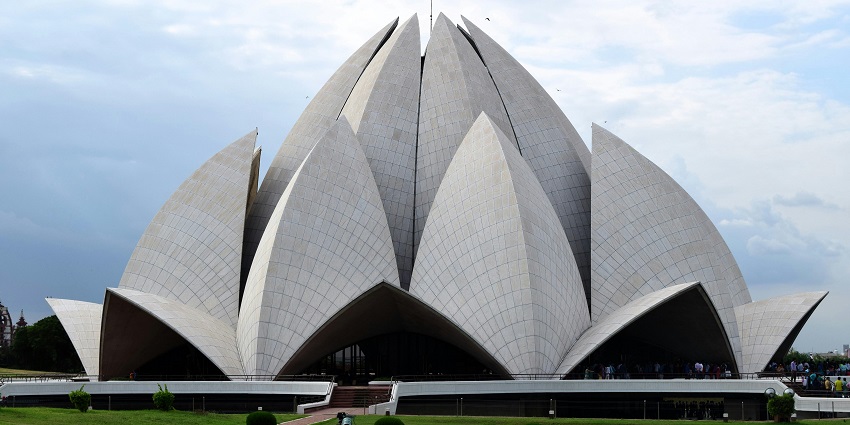
Indian architecture’s greatest recognition and a renowned masterpiece is the Lotus Temple. A lotus flower, India’s emblem for harmony, sincerity, devotion, and invincibility, comprises the framework of this magnificent and striking temple. Situated to the east of Nehru Place, this religious structure is the ultimate of a total of seven major Baha’i temples constructed globally. The establishment’s foundation is pristine white marble. Lotus Temple is a spectacular architecture made up of 27 exquisite flower petals. Nine petals are organised in three rows on a lotus.
Timings: 9 AM – 5:30 PM (closed on Monday)
Entry Fee: NA
5. Jantar Mantar
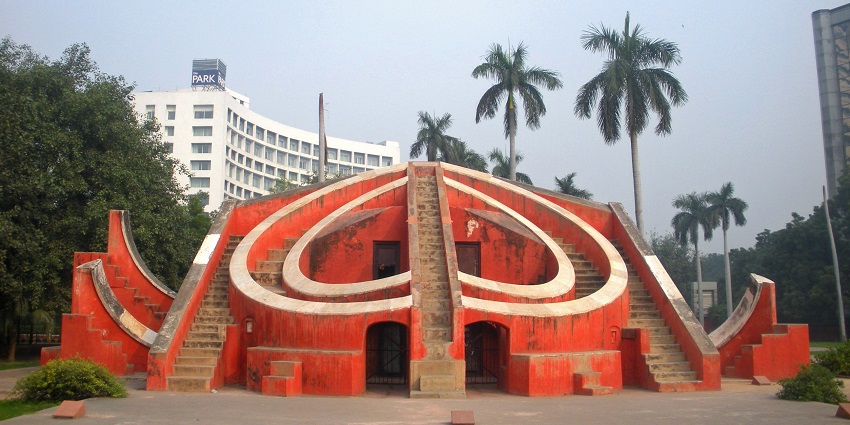
Photo: ABHIJIT JAWANJAL / Wikimedia Commons
Maharaja Jai Singh II of Jaipur constructed Delhi’s Jantar Mantar in 1724. The places of establishment of the additional four observatory structures are in Mathura, Ujjain, Varanasi, and Jaipur. There are thirteen celestial bodies in Delhi’s Jantar Mantar observatory, four of those being crucial apparatus. The four instruments include the Jayaprakash Yantra, the Misra Yantra, the Rama Yantra, and the Samrat Yantra. An enormous sundial called Samrat Yantra is one of the remarkable pieces of equipment presented at Delhi’s Jantar Mantar.
Timings: 6 AM – 6 PM
Entry Fee: ₹ 25 for Indians, ₹ 300 for foreigners
Suggested Read: Best Places For A Weekend Trip From Delhi To Relax And Unwind
Where To Stay
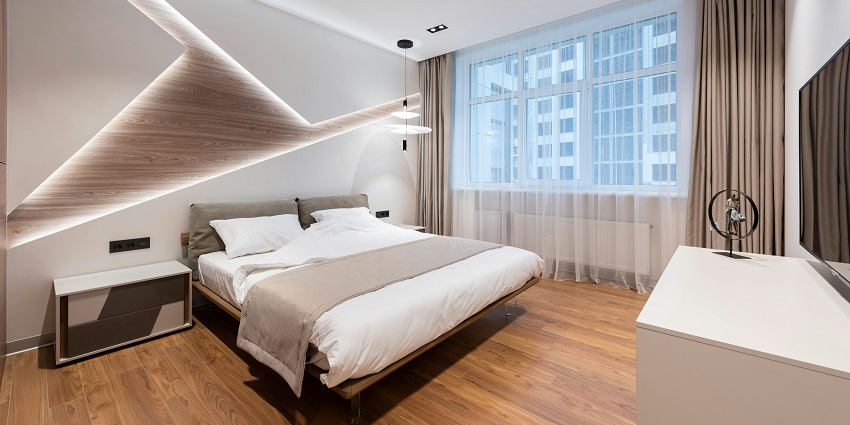
Photo: Max Vakhtbovycn / Pexels / Image For Representation Only
Various hotels offer cosy stays at reasonable rates in Delhi. Some of the hotels which can be taken into the list include Hotel Vertu, Hotel Stanley, Hotel Park Green Suites, Hotel Paragon Suites and more. The majority of hotels serve meals and beverages to its visitors, occasionally together with complimentary breakfast selections.
What To Eat
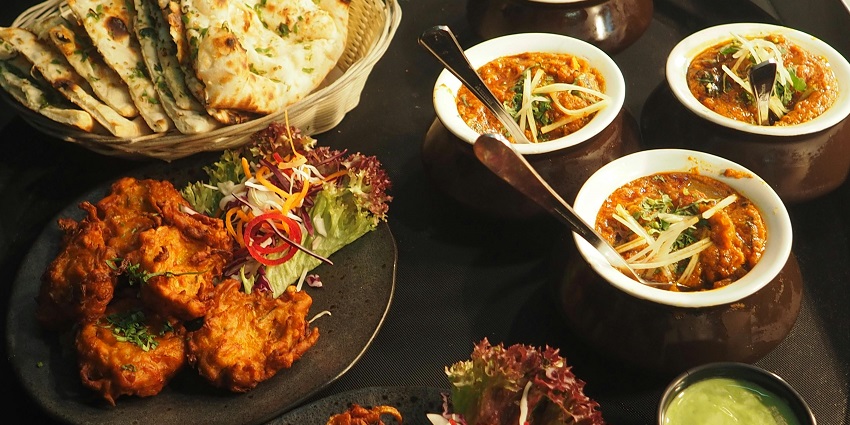
Photo Chan Walrus / Pexels / Image For Representation Only
New Delhi presents a fusion of tastes from across the state through its restaurant chains, hotels, as well as food vendors. Visitors may experience traditional North Indian parathas made with multiple stuffings at Paratha Gali. Genuine South Indian cuisine is served at Saravana Bhavan in Delhi. Eateries which can attract the tourists include: Mosaic, L’Osteria Bella, Thyme, Spice Art and more.
Suggested Read: Amazing Places For Late Night Street Food In Delhi To Munch On
Best Time To Visit
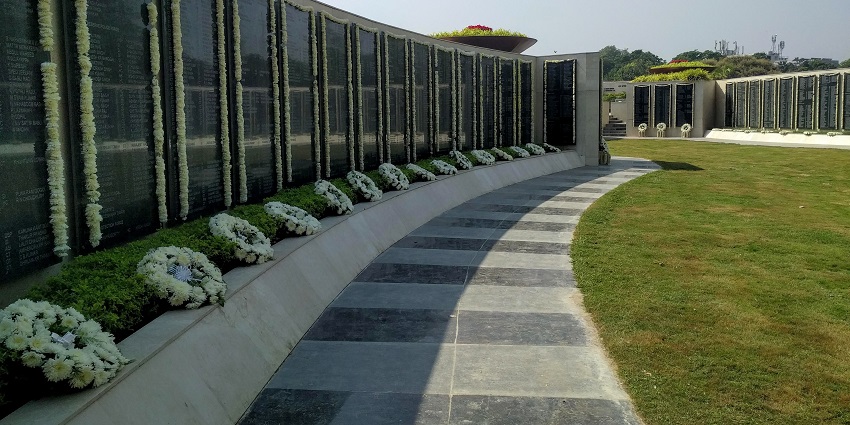
Photo: Pulakit Singh / Wikimedia Commons
The best time to visit the museum would be during the winter months of Delhi. This way you can avoid the sweltering heat of the summers and have a relaxed visit, exploring the museum to the fullest. The winter months in Delhi are from December to February.
Tips For Travellers

Photo: Julia Sakelli / Pexels / Image For Representation Only
Here are some factors to consider while planning your trip to this museum in Delhi.
- Carry sunscreen if you are visiting the museum during the summers.
- Wear loose-fitting cotton clothes if you are visiting during the summers.
- You can carry a bottle of water along with you and perhaps a packed meal to keep yourself charged.
Suggested Read: Things To Do In Delhi Where You Can Explore The Capital City’s Rich Heritage
The National Police Museum is a great place to spend a relaxed day if you want to explore the heritage of the Indian Police. Right from the uniforms of different police departments to the guns and ammunition used by them historically, you will get a glimpse into what it is like to be a police officer in India. Plan your trip to this museum with TripXL, and have an unforgettable tour of New Delhi’s most iconic places to visit.
Cover Photo:Pulakit Singh / Wikimedia Commons


 WhatsApp
WhatsApp
 Twitter
Twitter









